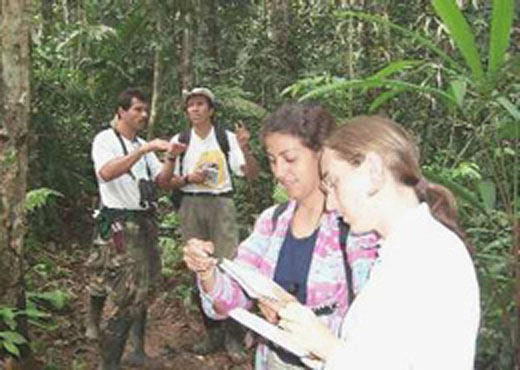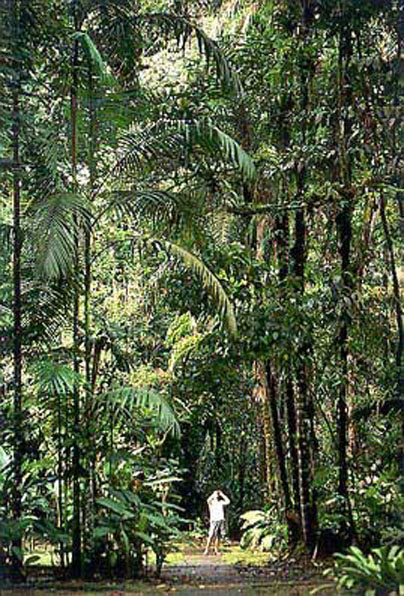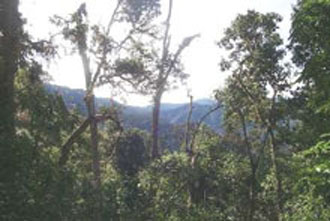Organization for Tropical Studies: Tropical Biology 94-1
北米熱帯研究機構:熱帯生物学実習 94-1 (Costa Rica)


1994年に日本からの初の参加者として 北米熱帯研究機構の熱帯生物学実習に参加した。実習は中米コスタリカの国立公園をめぐりながら熱帯の動植物を観察し、熱帯生態学の基礎を学ぶものである。この実習では研究の方法論をしっかりと学ぶことが出来た。また、その翌年に米国ワシントン大学の博士課程に留学する決意をさせる貴重な体験でもあった。
I participated as the first student from Japan in the 2-month field course, Tropical Biology 94-1, offered by the Organization for Tropical Studies in Costa Rica. We traveled through various natural reserves in the NeoTropical country of Costa Rica and conducted several projects on plant and animal ecology.PHOTO GALLARY


PUBLICATIONS
Ishii, H. and Ickes, K (1995) Tree architecture in Ocotea (Lauracea):do ant inhabited species differ structurally from non-ant-inhabited species?.Tropics 4: 239-245
This study was done during OTS Tropical Biology 94-1, in Costa Rica. Itlooks at whether or not mutual relationships with stem inhabiting antshas affected the morphological evolution of branch and leaf dimensionsin the genus Ocotea.Ishii, H. (1994) OTS Tropical Biology 94-1: Reflections of a course intropical ecology.Tropical Ecology Letters (in Japanese).
Ishii, H. et al. (1994) Vegetation survey of the corridor between PaloVerde and Lomas Barbudal. in: Sargent, S. and Young, B. eds. OTS TropicalBiology 94-1.
Ishii, H. (1994) Comparative geometry of buttresses and stilt roots. in:Sargent, S. and Young, B. eds. OTS Tropical Biology 94-1.
This is a theoretical exploration of the adaptive significance of buttressesand stilt roots, often observed in tropical trees and palms.Ishii, H. and Ickes, K. (1994) Tree architecture in Ocotea (Lauraceae):do ant species differ structurally from non-ant-associated species? in:Sargent, S. and Young, B. eds. OTS Tropical Biology 94-1.
The original report that lead to the paper in Tropics.Ishii, H., Kelly, J., et al. (1994) Architectural variation among Piperspecies. in: Sargent, S. and Young, B. eds. OTS Tropical Biology 94-1
This study investigated the morphological differences in leaf and stemdimensions in various species of the genus Piper, and discussedtheir adaptive and evolutionary significance.Rovelstad, A., Ishii, H. et al.(1994) Variation in predation and parasitismrates in relation to resource concentration. in: Sargent, S. and Young,B. eds. OTS Tropical Biology 94-1.
This study compared rates of predation of seedpods by a pod boring weavilamong seedpods of varying size to infer whether or not concentration offood resource had an effect on the pattern of oviposition by the weavilparent.


